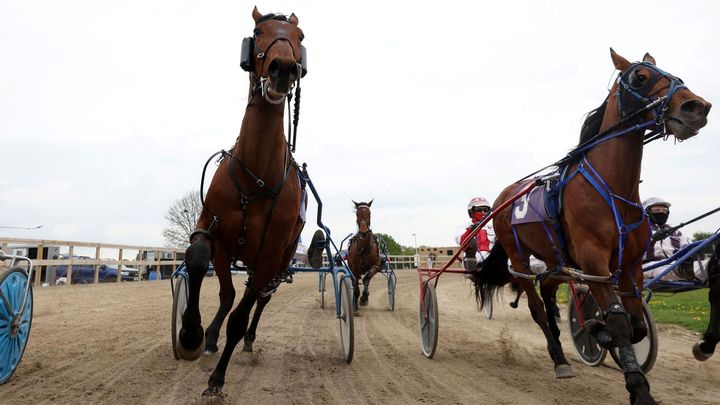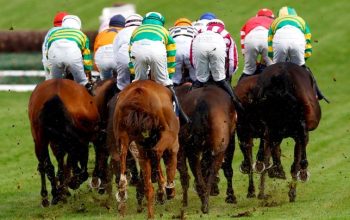Halina Jibay, a racehorse, recently made headlines for his incredible finish in a race at the Malta Equidrome in Marse. However, officials became suspicious of his performance and decided to test his urine samples. The independent laboratory in Verrieres-le-Buisson, France confirmed the presence of not only cocaine but also other banned substances such as methamphetamine, ketamine, and steroids.
As a result of the findings, Halina Jibay has been banned from participating in any races on Malta for the next twelve months. The owner of the horse, whose name has not been disclosed by Maltese media, has received a two-year ban from horse racing and a fine of approximately 8,500 Czech koruna, which is the lowest possible penalty.
Interestingly, Clint Vassallo, the jockey who rode the drugged horse, has escaped any punishment. However, officials from Malta’s horse racing authorities plan to submit a detailed report to the police, and it is expected that both the jockey and the horse’s owner will be questioned.
The presence of cocaine and methamphetamine in a racehorse is extremely dangerous as these substances significantly increase heart rate and blood pressure, which can lead to a heart attack. Cocaine has similar effects on horses as it does on humans, acting as a stimulant and helping to mask fatigue and pain. Ketamine, often referred to as a horse tranquilizer, helps suppress pain in large animals. The steroid found in Halina Jibay’s system was stanozolol, an anabolic substance that enhances performance.
This incident raises concerns about the use of drugs in horse racing and highlights the potential risks involved. It is crucial for authorities to take strict measures to prevent the use of banned substances in order to ensure the safety and fairness of horse racing competitions.



